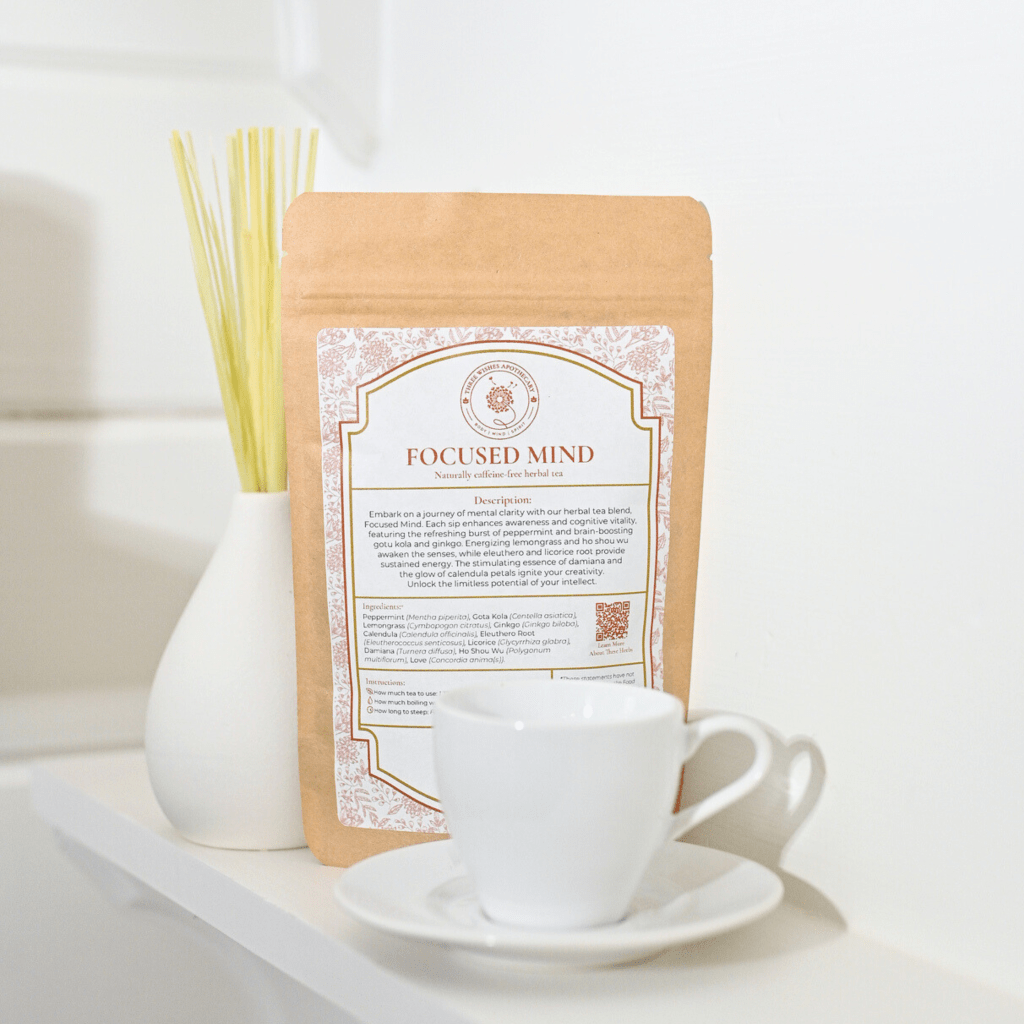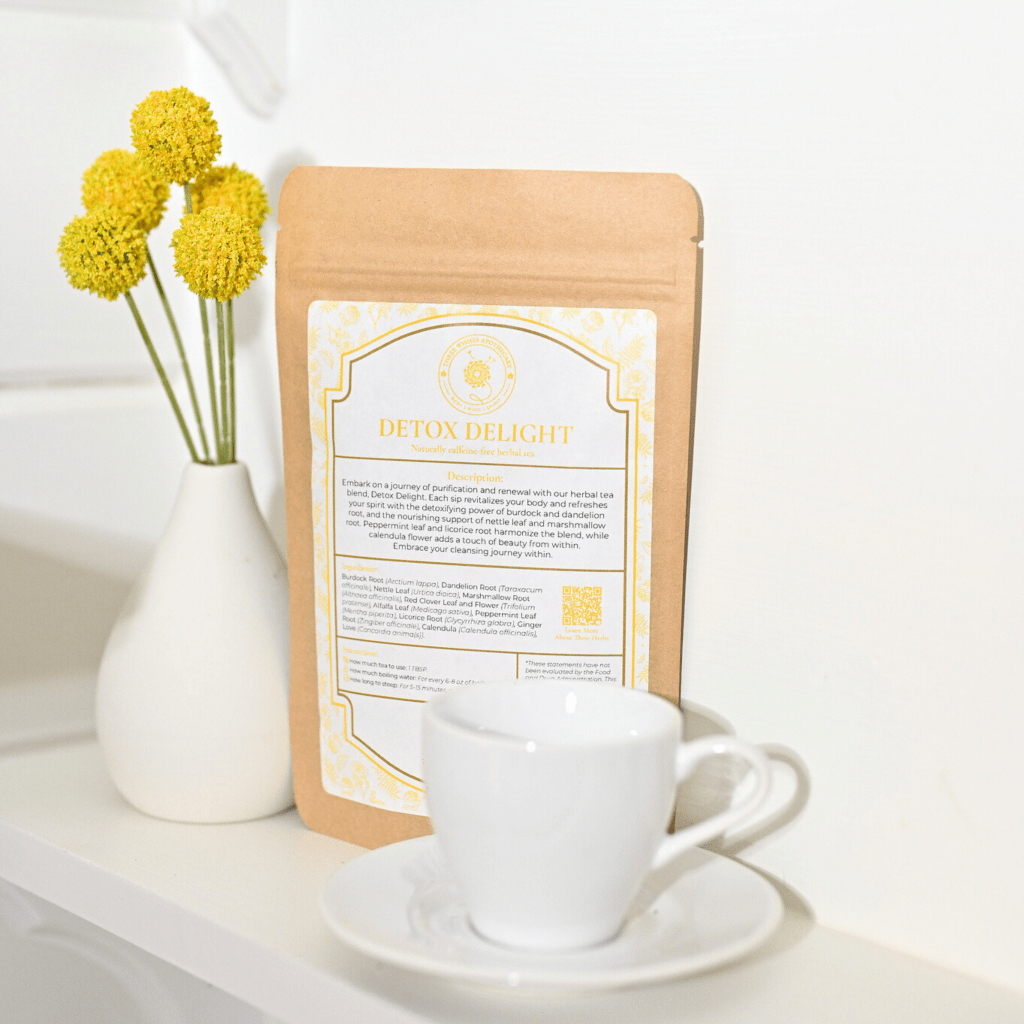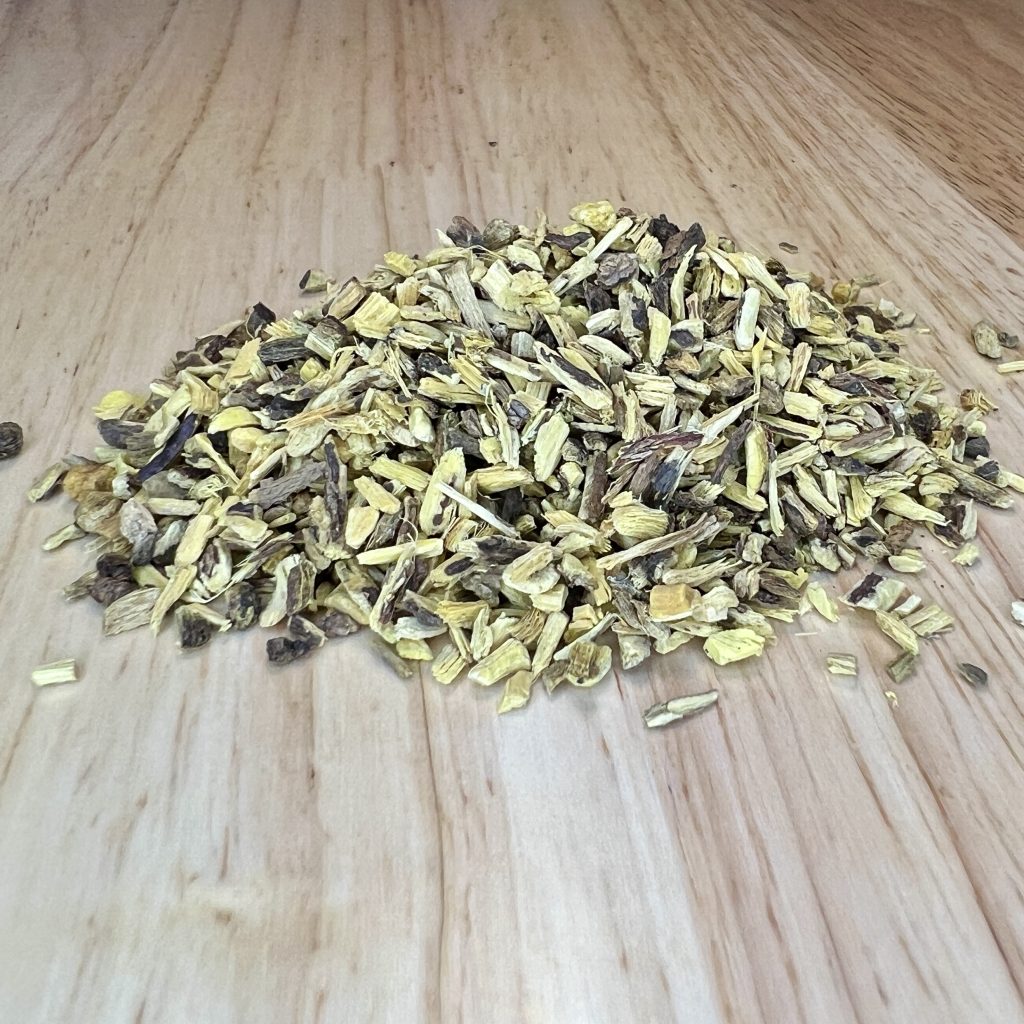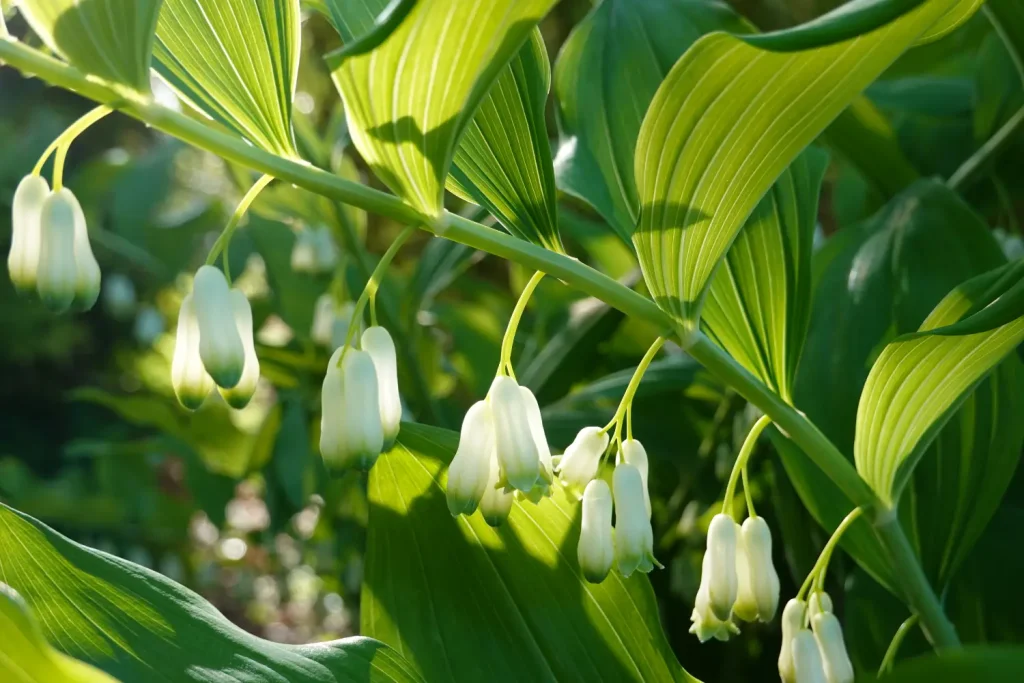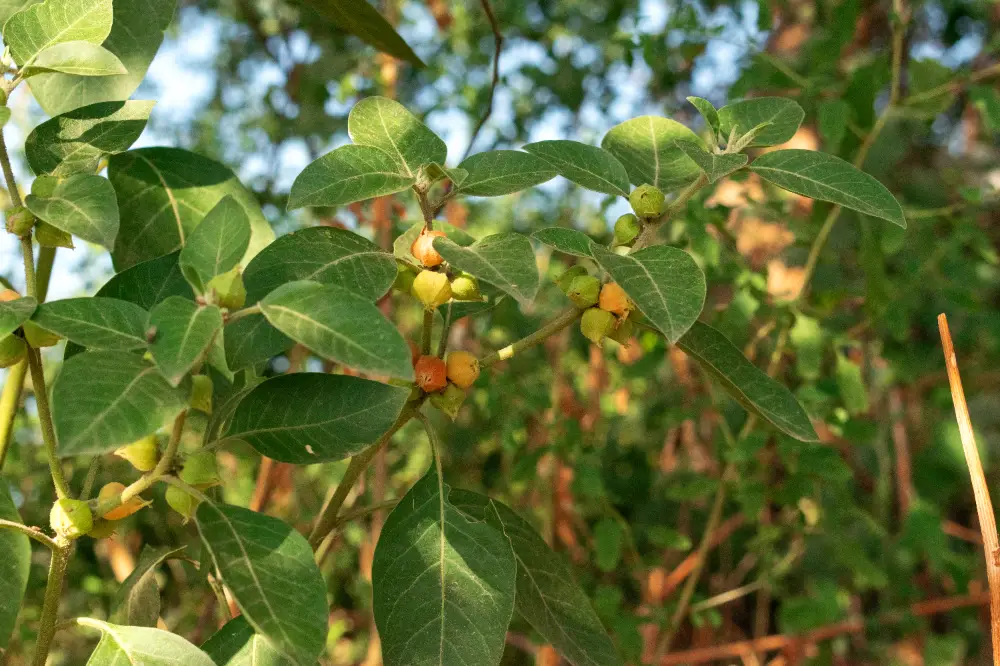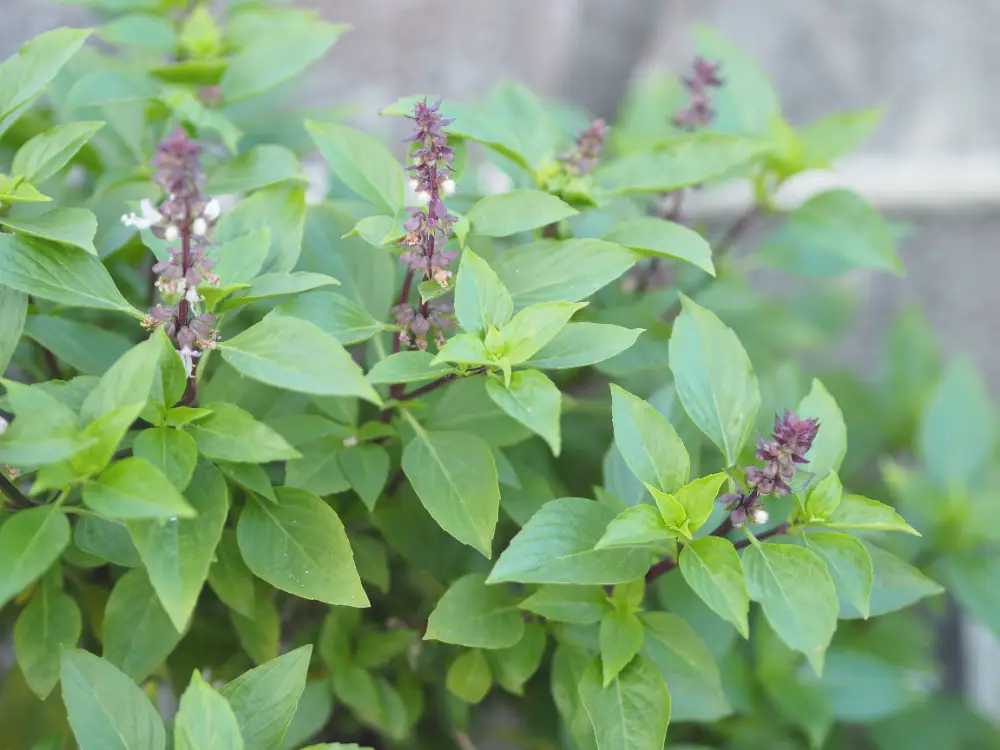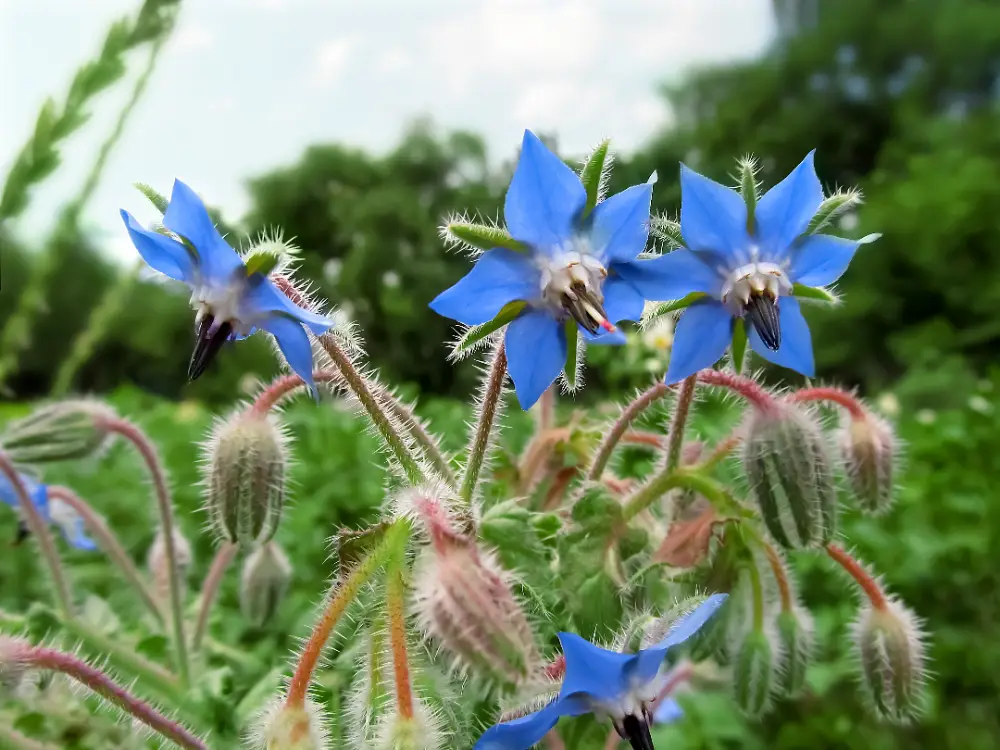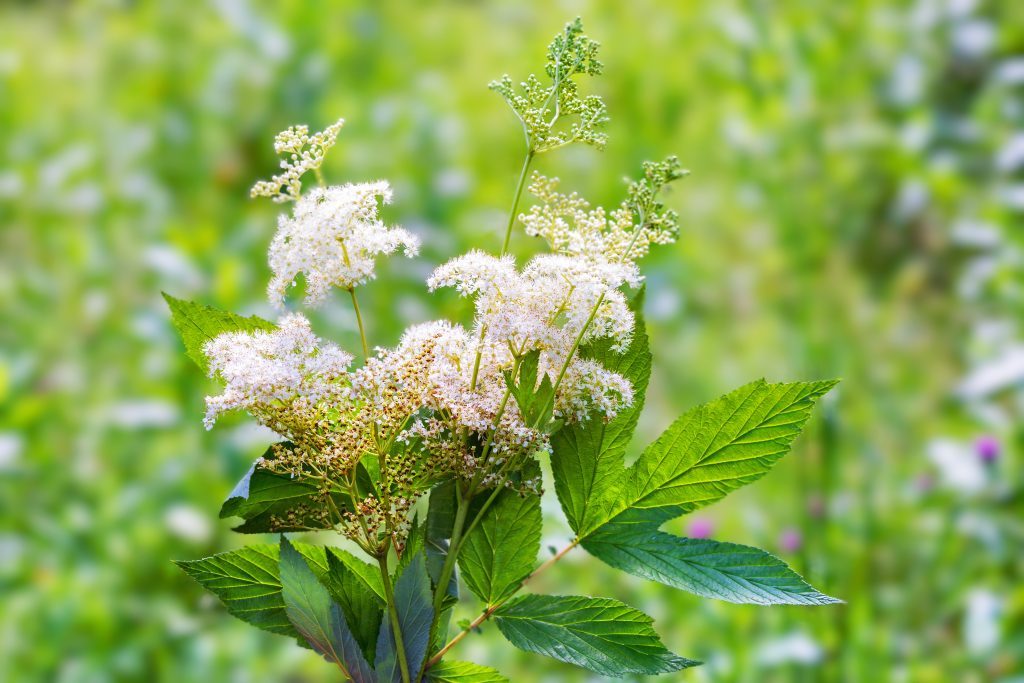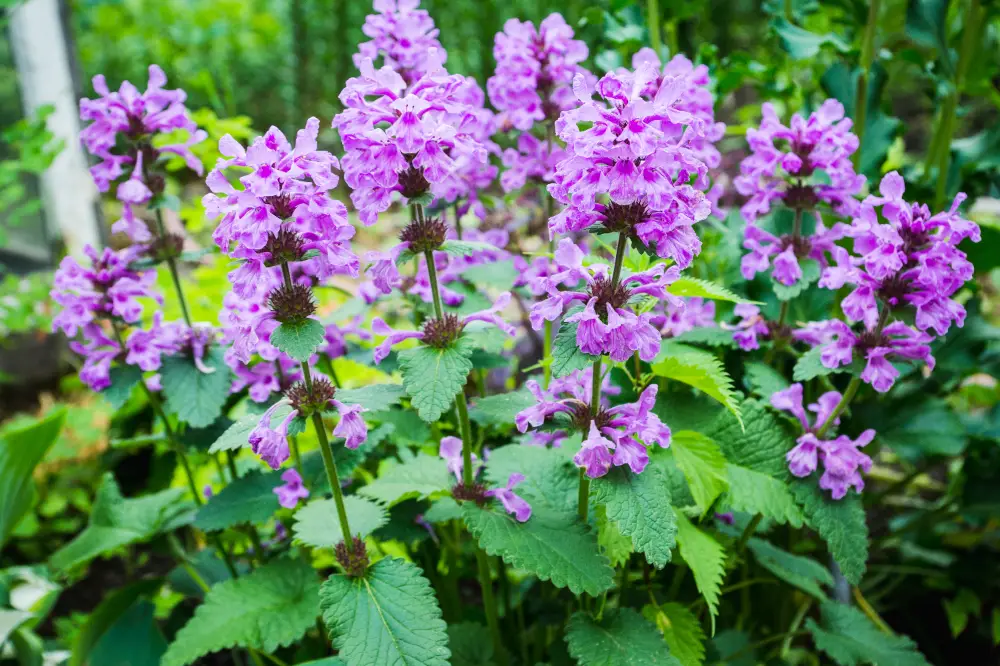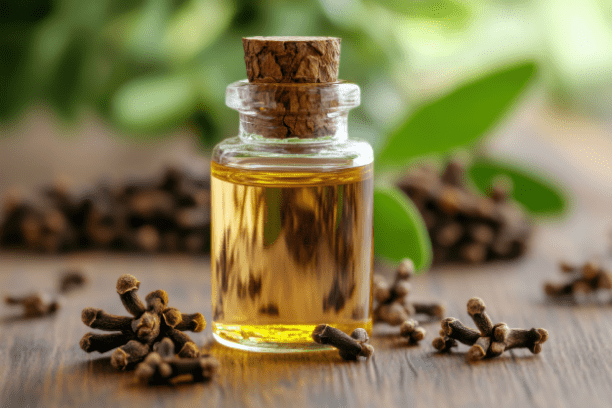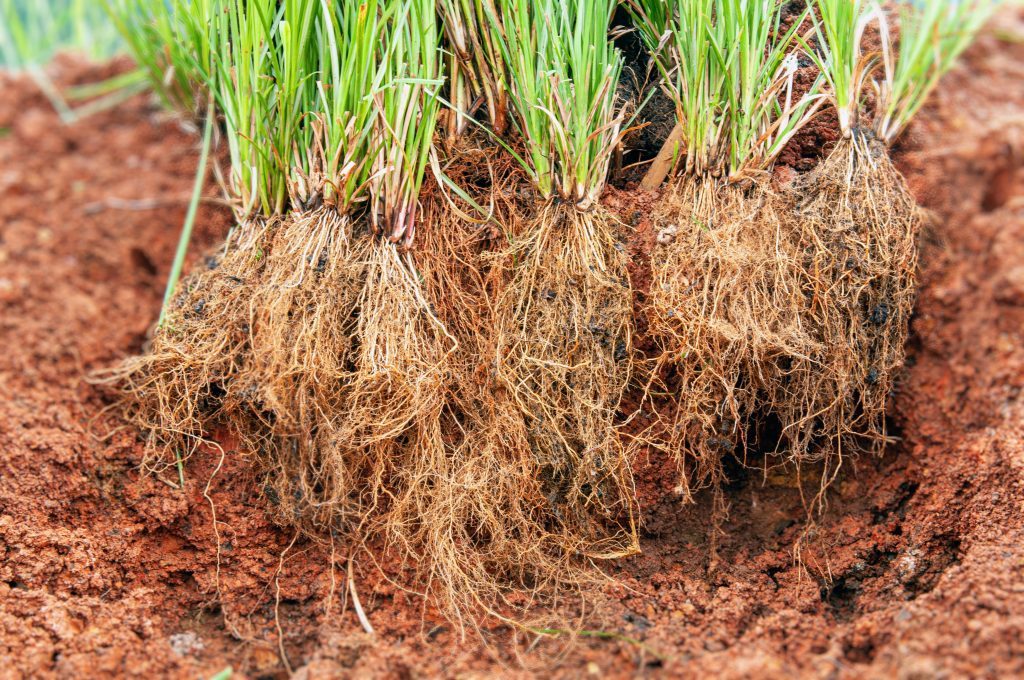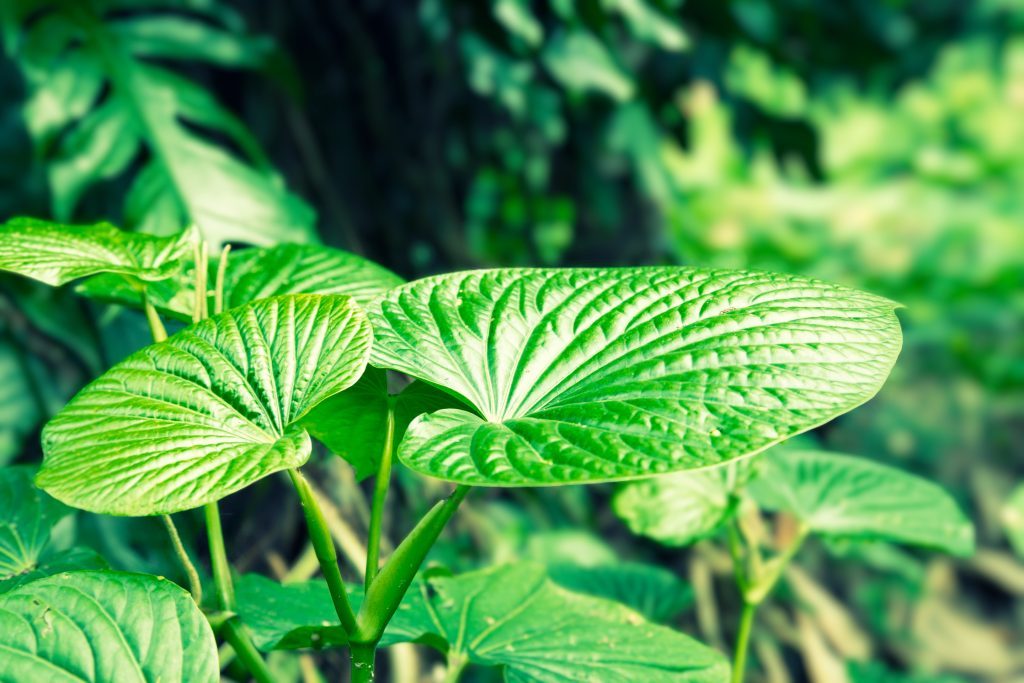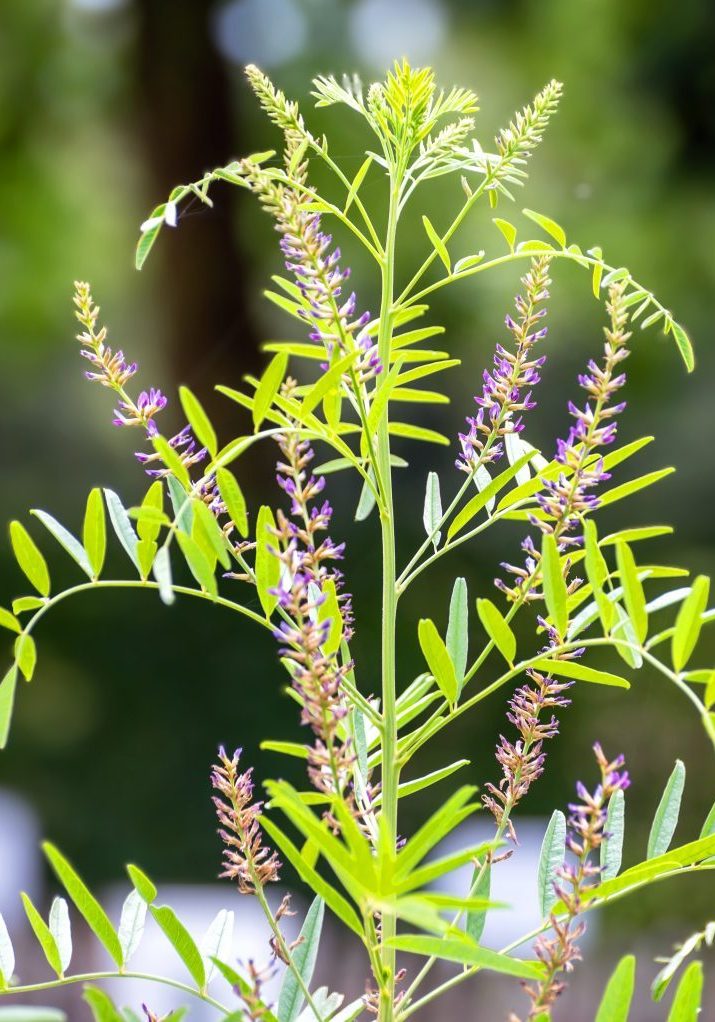
Licorice
Glycyrrhiza glabra
Fabaceae (Pea Family)
Licorice root is a sweet and earthy herb used in traditional medicine and confectionery.
Other names:
Sweet Root, Gan Cao (in Traditional Chinese Medicine)
Superpower
Soothes inflammation and balance hormones while offering powerful antiviral and immune-boosting properties. Its sweet flavor not only enhances herbal blends but also makes it a go-to herb for supporting respiratory health, calming digestive issues, and regulating the adrenal glands.
Uses
Digestive Soother: Licorice Root has been used in ancient Egyptian and Greek medicine as a remedy for gastric ulcers, indigestion, and heartburn. Its mucilaginous properties soothe inflamed mucous membranes, making it beneficial for conditions like gastritis and acid reflux.
Respiratory Support: In Traditional Chinese Medicine (TCM), Licorice Root is known as Gan Cao and has been used for centuries to treat coughs, bronchitis, and sore throats due to its ability to soothe inflamed tissues and expel mucus.
Hormonal Balance: In Ayurvedic medicine, Licorice Root has been employed to balance hormones and address menstrual irregularities. It’s particularly noted for its ability to help with adrenal fatigue and stress.
Current Uses:
Anti-inflammatory: Modern research highlights Licorice Root’s potent anti-inflammatory effects, making it valuable for conditions like arthritis, eczema, and other inflammatory disorders.
Adrenal Support: Today, Licorice is widely used for supporting adrenal health in cases of chronic stress. It helps regulate cortisol levels, acting as a natural remedy for adrenal fatigue.
Antiviral: Licorice Root is recognized for its antiviral properties, showing effectiveness against viruses like herpes simplex and hepatitis.
Gut Health: DGL (deglycyrrhizinated licorice) is commonly used to treat peptic ulcers, as it helps soothe and heal the stomach lining without the glycyrrhizin component that can elevate blood pressure.
Cautions
Use in Infants and Children:
Licorice is generally considered safe for children in small, appropriate doses, particularly in teas, syrups, or lozenges formulated for soothing coughs, sore throats, and digestive discomfort. Due to its naturally sweet taste, it is often well accepted by children. However, long-term or excessive use should be avoided, as it may contribute to electrolyte imbalances or water retention. Deglycyrrhizinated licorice (DGL) is a safer option for children, as it lacks glycyrrhizin, reducing concerns about blood pressure or potassium depletion.
Toxicity:
Licorice contains glycyrrhizin, which can cause elevated blood pressure (hypertension), water retention, and potassium depletion when consumed in large quantities or over extended periods. Long-term, excessive use may lead to hypokalemia (low potassium levels), which can cause weakness, arrhythmias, and edema. In children, moderate intake is generally well tolerated, but prolonged or high doses should be avoided.
Contraindications:
- Hypertension: Licorice should be used cautiously in people with high blood pressure or heart conditions, as it may exacerbate these issues by raising blood pressure.
- Kidney Disease: Those with kidney disorders should avoid licorice due to its potential to cause fluid retention and stress on the kidneys.
- Pregnancy: While licorice is generally considered safe in small amounts, its potential to cause uterine contractions and influence hormonal balance means it should be avoided during pregnancy, especially in large doses.
- Children: Licorice should only be given to children in appropriate medicinal doses and for short durations to avoid potential electrolyte imbalances or hormonal effects.
Interactions:
- Blood Pressure Medications: Licorice can reduce the effectiveness of antihypertensive drugs and may increase the risk of hypertension.
- Corticosteroids: Licorice may enhance the effects of corticosteroids, potentially leading to increased potassium loss and fluid retention.
- Diuretics and Laxatives: Since licorice can cause potassium loss, combining it with diuretics or laxatives that also deplete potassium can increase the risk of hypokalemia.
- Hormonal Therapy: Due to its influence on hormone balance, caution should be taken when combining licorice with hormonal therapies such as birth control or hormone replacement therapy (HRT).
Known Chemical Constituents
Triterpenoid Saponins:
-
- Glycyrrhizin: A major active component responsible for its sweetness, and known for its anti-inflammatory, immune-boosting, and antiviral properties.
- Glycyrrhetinic Acid: A derivative of glycyrrhizin, this compound also has anti-inflammatory effects and is known to support adrenal function.
Phytosterols:
-
- Compounds that contribute to hormonal balance and may aid in the treatment of conditions related to cholesterol and endocrine health.
Mucilage & Polysaccharides:
-
- Glucans, Glucuronic Acid, Arabinose, and Galactose: These compounds are demulcent, soothing the mucous membranes and helping to protect the digestive and respiratory tracts.
Lignans:
-
- Antioxidant compounds that help to protect the body from oxidative stress and may also contribute to Licorice’s immune-modulating effects.
Starch:
-
- Found in the root, this carbohydrate contributes to its nutritive and tonic qualities.
Amino Acids:
-
- Present in small quantities, contributing to the overall nutritional profile of Licorice and supporting various metabolic functions in the body.
Botanical Description
Growth Habit:
Licorice is a perennial herb that grows up to 1 meter (3-4 feet) tall. It has woody roots and underground stolons that spread horizontally, forming extensive root systems.
Leaves:
Licorice leaves are pinnate, consisting of 9-17 leaflets, which are oval, green, and slightly sticky due to the presence of resinous glands.
Flowers:
The plant produces small, purple to pale blue flowers that bloom in clusters during the late summer. The flowers are pea-like, characteristic of plants in the Fabaceae family.
Roots:
The thick, fibrous root is the most important part of the plant, valued for its medicinal properties. It has a sweet taste due to the high concentration of glycyrrhizin.
Fun Facts
The ancient Egyptians used Licorice Root in pharaohs’ tombs as a key ingredient in a sweet drink called “Mai-sus”, which was believed to be a beverage of immortality.
Parts Used
Root (Rhizome)
Harvest
Timing:
Licorice Root is typically harvested in its third or fourth year of growth, when the roots have matured and developed their highest concentration of medicinal compounds. The best time to harvest is in late fall or early winter, after the plant has gone dormant, as this is when the plant’s energy is concentrated in the roots.
Method:
- The entire root system is carefully dug up, including the rhizomes and taproot.
- After harvest, the roots are washed thoroughly and then dried for later use. Drying can be done either in sunlight or in a well-ventilated space indoors to preserve their medicinal properties.
Storage:
Once dried, the roots should be stored in airtight containers in a cool, dry place to prevent moisture buildup and degradation of the active compounds. Properly stored roots can last for up to 2 years.
Preparations
Teas/Infusions: Used for respiratory health, digestion, and stress relief.
Tinctures: A concentrated form for adrenal support and hormonal balance.
Decoctions: Often prepared for soothing sore throats, coughs, and digestive issues.
Powder: Added to herbal formulations or taken directly for digestive health and hormonal support.
Topical Applications: Licorice extracts are used in creams and ointments for eczema, psoriasis, and other skin conditions due to its anti-inflammatory and antimicrobial properties.
Sacred Rituals
In ancient Chinese traditions, Licorice Root, also known as Gan Cao, was often included in herbal formulas as a harmonizer, bringing balance and unity to other herbs. Its spiritual association is one of harmony and cooperation, promoting peaceful communication and emotional healing.
Affirmations
“I am sweet and balanced. Like the licorice root, I embrace love and harmony.”
Spiritual Associations
Often associated with communication and clarity, symbolizing the ability to express oneself freely and truthfully. In spiritual practices, it is believed to promote emotional balance, open the throat chakra, and support those who struggle to express their thoughts or feelings.
Functions
A natural substance, often an herb or plant, that helps the body adapt to stress, balance internal systems, and enhance resilience. The term “adaptogen” was first coined by Soviet scientist Nikolai Lazarev in the 1940s to describe substances that could help the body cope with various forms of stress without causing harm.
Adrenal restorativeA substance or therapy that aids in restoring or maintaining the health and function of the adrenal glands, often by enhancing their ability to produce hormones essential for stress management and energy regulation.
Anti-inflammatoryA substance or agent that reduces inflammation in the body, soothing irritation, swelling, or redness in tissues.
Antimicrobial
A substance or agent that inhibits the growth of or destroys microorganisms, including bacteria, viruses, fungi, and protozoa.
AntispasmodicA substance or agent that helps relieve or prevent involuntary muscle spasms, cramps, or contractions in smooth or skeletal muscles.
DemulcentA substance or agent that soothes and protects irritated or inflamed tissues by forming a protective film over mucous membranes.
Expectorant (clears mucus)General TonicA general tonic is a substance or preparation that supports overall health and vitality, helping to strengthen and maintain the body’s systems without targeting a specific ailment.
HepatoprotectiveA substance or agent that helps protect the liver from damage caused by toxins, inflammation, or disease, and supports its regeneration and overall function.
Laxative mildA substance or agent that gently stimulates bowel movements without causing irritation or dependency, promoting natural elimination.
Lungs MoisturizerA lung trophorestorative is a substance that restores and regenerates lung tissue, supporting long-term healing and recovery of the respiratory system’s structure and function.

